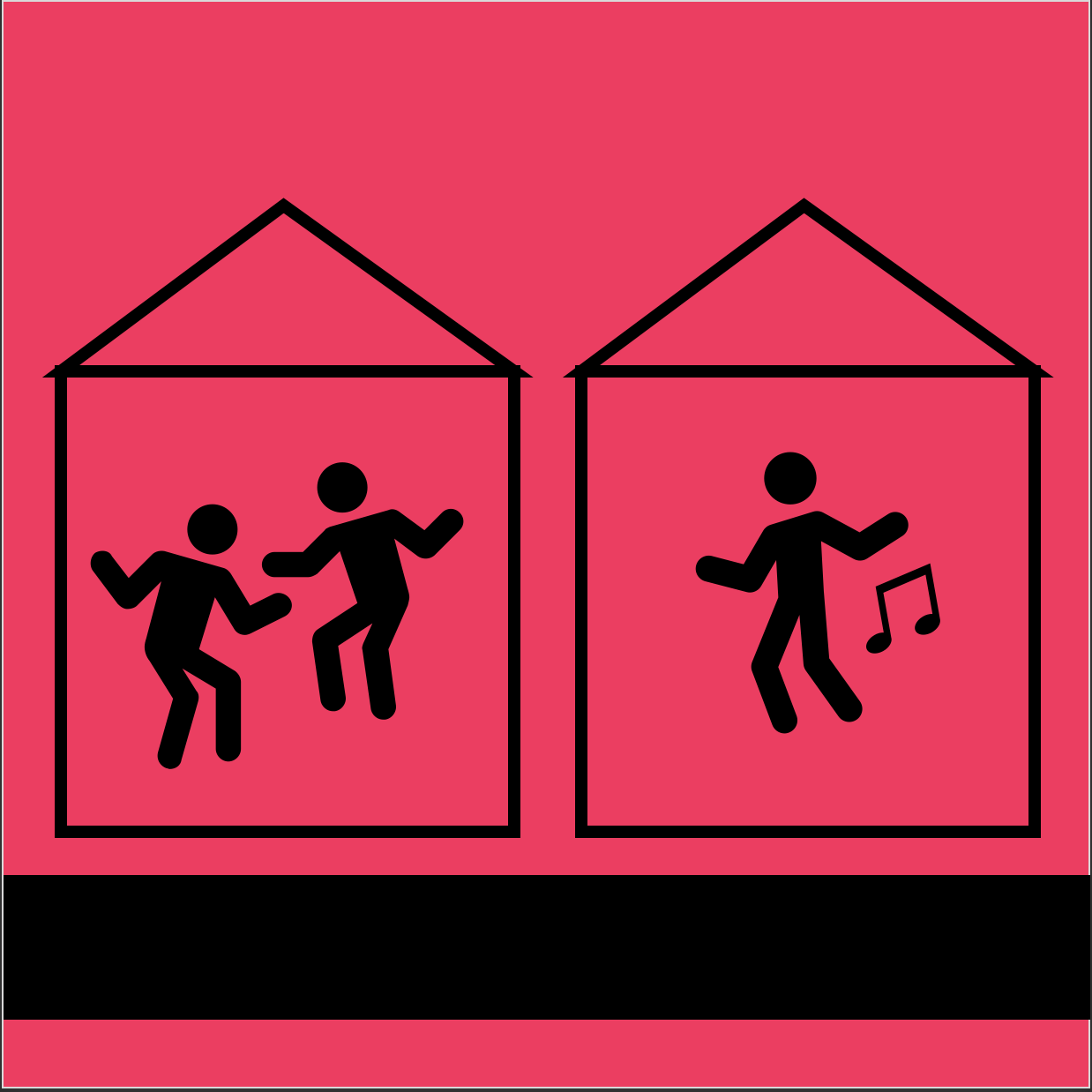By Hannah Pardee
On May 13, 2020 at 7pm Eastern time, the American Ballet Theater (ABT) celebrated their 80th year as a company. The dancers, musicians, and directors spoke as well as celebrities like Jennifer Garner and Katie Couric, in this gala that was broadcast to the world on YouTube. I heard about it because I follow a few ABT dancers on Instagram. I have watched these dancers do combinations in their homes, reminisce about past performances and their dance families, and connect through shared videos. It inspires me to dance in my living room, to take the classes that companies around the world are sharing for the first time. I feel, remotely, like I know these dancers. And we are struggling together, connected through our need to move and express and our need to protect each other.
Therefore, I decided to see how being quarantined is affecting dancers and changing the world of dance. In this limited study, I looked at the ABT Gala and the videos ABT dancers are sharing on social media. I also spoke with a dance teacher from Colorado College, and I speak through my experience as a casual dancer myself. This time has made ballet, as an elite art form, more accessible, personal and immediate.
The ABT 80th anniversary gala began with an explanation that it was founded during World War II as a way of bringing the arts to the people. It is now the most diverse ballet company in the world. However, this does not mean that the gala is generally open to the public. This year, though, with their dancers, musicians and choreographers scattered across the country, we all could partake in this elite event. It featured a New York City couple dancing in Central Park; dancers from the ABT school, everyone from little children to teens, performed from their living rooms; dancers from all over the country danced a piece from Swan Lake.
Swan Lake is an incredibly important piece for this company. A member of the corps de ballet (the “background dancers,” so to speak) spoke of how this ballet honored the corp makes up the backbone of the dance. They open and close the piece. This emphasis was interesting to me because, in this moment of making ballet accessible, ABT chose to show how important the corp, the low men on the totem pole in the company, is. They go on to explain how Swan Lake is about perseverance and resilience, qualities we should all strive for at this time.
Shawn Womack, a dance teacher at Colorado College, reflected on how this quality is a strength for dancers. She claims that “dance becomes a way to operate in the global situation because dance is resilient.” This resilience is shown in dancer’s abilities to continue to create and connect when they are thrown into unexpected situations. Many dancers have adapted to the change in space by connecting to their communities in different ways. ABT dancer Calvin Royal III was one of the dancers in the “Don’t Rush” challenge on Instagram with other black male concert dancers. This united many marginalized and underrepresented figures in ballet, to create both a sense of community amongst each other, but a feeling of resilience among all of us watching. Royal also created a dance video to honor Ahmaud Arbery, under the hashtag #runwithMaud. Although these dancers are not physically close, they still unite with their communities and show resilience, strength and intimacy from a distance.
These videos, like the gala screening, make dance more approachable from those on the outside. Of course, since the advent of more casual media sites like Instagram and YouTube, behind-the-scenes and rehearsals are available to the public; now we can see these dancers in their homes. ABT soloist Cassandra Trenary regularly posts videos of ballet class in her home, classes that the company makes available for the public. Principals Isabella Boylston and James B Whiteside teach class together from their kitchen. This breaks down the barrier between a casual dancer, like myself, and these professionals because, while I do not have the skill or bodies that they have, I can participate in their world, feel as though I am part of a greater dance community when I am separated from my own. We are all dancing in our small spaces, making the most of what we have.
The hierarchy between genres, claims Womack, also breaks down with these videos. We do not only see ballet theaters like ABT producing videos, but other small, local studios show their communities dancing in solidarity. Now it is not as important to be on the stage, but simply to be expressing with your body, be it ballet class, k-pop routines, TikTok videos or dancing with your family. The importance of the act is the solidarity.

I love how you focus so much on less-recognized dancers – whether casual dancers from their homes, smaller studios, classical dancers of color. I admit that my experience with dance during social distancing has been sort of sad – I feel like I don’t really have the space or the energy to get up and do it. But this makes me feel more hopeful! If folks of all kinds can make their small spaces work, so can I. And how cool to have access to resources that the public have never seen before! Thanks, Hannah.